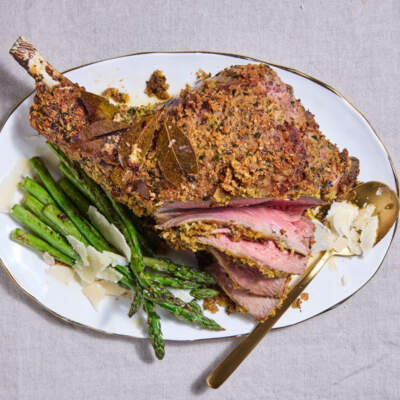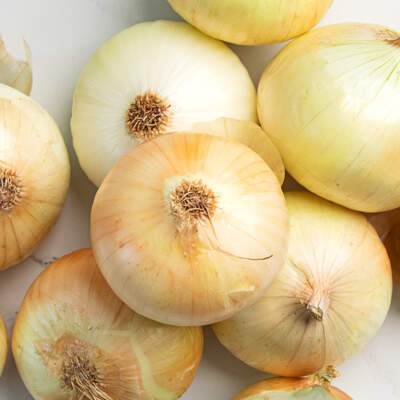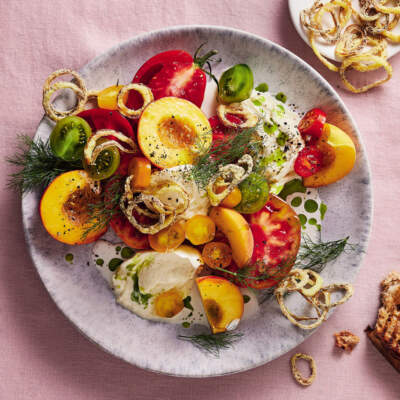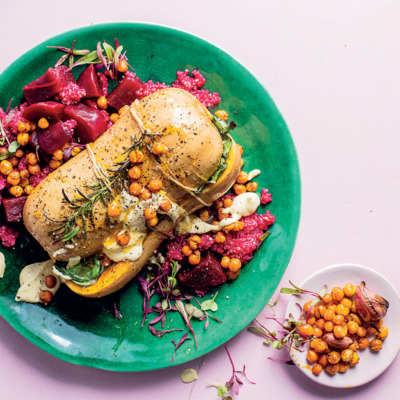How to make mashed potato
Is there anything more comforting than a bowl of buttery, fluffy mashed potatoes? We don’t think so. Here you’ll find our tips to making your best batch yet.
Pick a proper potato
We like to use Mediterranean or everyday potatoes for mash. When choosing them, always select smooth, firm and blemish-free potatoes. If they have any soft brown marks or spots, discard them as they will deteriorate faster and affect the other potatoes they are stored with. As a general rule of thumb, 1 kg of potatoes will feed four people.
How to make the perfect mashed potato
To make the fluffiest, lump-free mash, it’s worth investing in a ricer (available from your local catering or kitchen supply shop). Put cooked potatoes into the ricer and press them down to squeeze out any excess moisture, then simply add butter and milk and mix until smooth. If you can’t be bothered with the extra piece of equipment, you could also press your cooked potatoes through a sieve. If you’re sticking with a good, old-fashioned potato masher, cut your potatoes into slightly smaller cubes and ensure they’re very well cooked to give you a smoother result.
Whatever you do, take care not to overmash or overwork the potatoes or they will become gluey. Never blend them in a food processor or with a hand blender!
Add some flavour
You can add nutmeg, mustard, herbs, grated cheese or crushed garlic to mashed potato for extra flavour. A classic combo for show-off mash is 2 t horseradish and cream instead of milk, or 4 T grated Parmesan and some good-quality truffle oil. We’re also partial to using brown butter too, as it adds a more-ish nutty flavour. If you’re looking for the ultimate luxury, make aligot, a cheesy version of mashed potatoes that might convert you forever.
Another great way to impart flavour is to infuse the milk (or cream) before adding it to the mash. Do this by placing the milk in a small pot and add aromatics such as bashed garlic cloves, thyme or rosemary. Place over a medium heat to scald the milk and remove from the heat once you start to see small bubbles forming in the milk. You don’t want this to come to the boil, so keep an eye on it. Once off the heat, leave the milk to stand so the flavours can properly develop.
 Get the recipe for aligot here.
Get the recipe for aligot here.
Method
Rinse and peel the potatoes.
Cut into even-sized chunks and place them in a large saucepan, pour over cold water until they are just covered and add a generous pinch of salt. Bring to a simmer and cook for 25–30 minutes until soft and tender, then drain well. Tip: You can also bake your potatoes whole, in the jacket, at 180°C for about 40 minutes until soft, then scoop the flesh out – this creates mash with more depth of flavour.
Return the potatoes to the dry saucepan and mash using a hand-held masher. Press the masher down firmly into the saucepan to crush the potatoes. Knock the potato off the masher against the side of the saucepan as you go.
Repeat this action until you have evenly mashed, smooth potatoes. Add 50 g butter and ½ to ¾ cup warm milk, a little at a time, while mashing to loosen and add flavour.
Season with sea salt and freshly ground black pepper and serve while still warm.








Comments